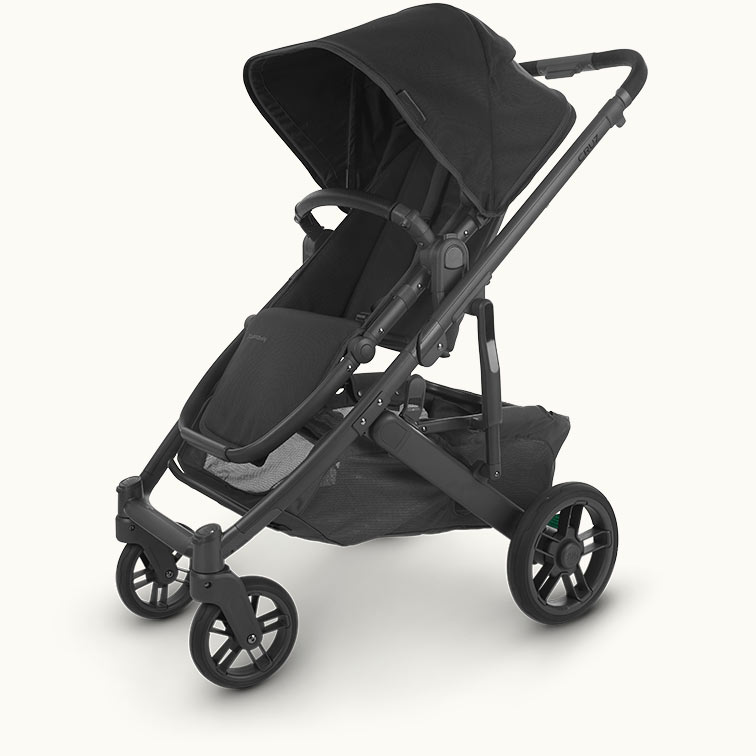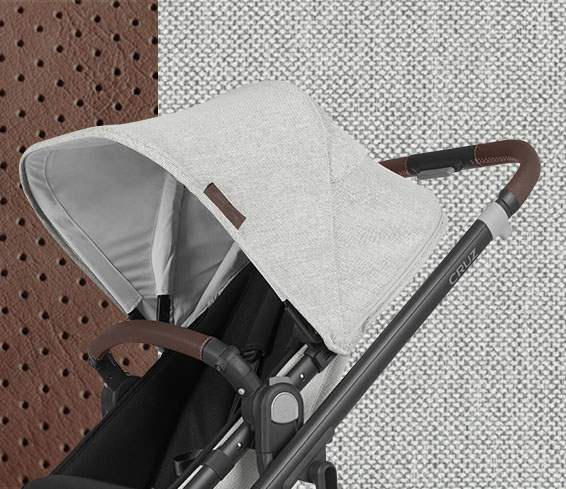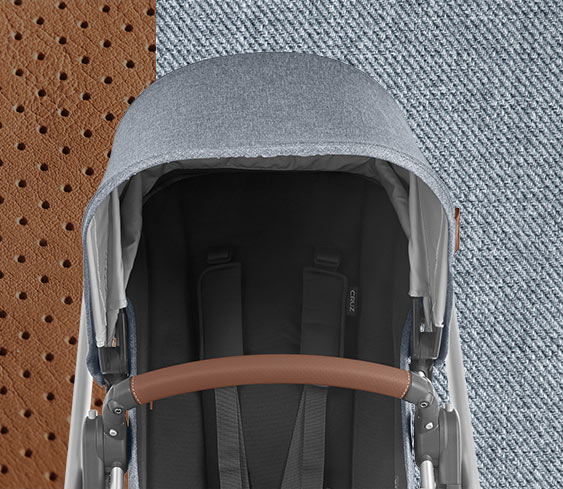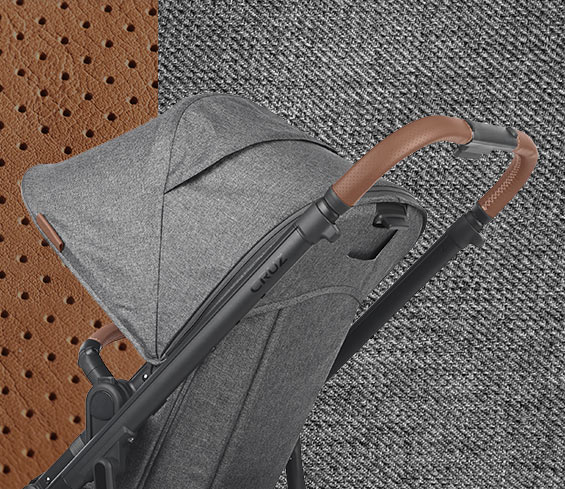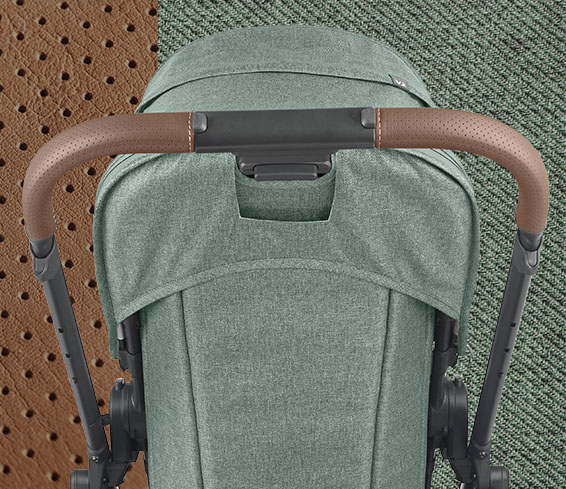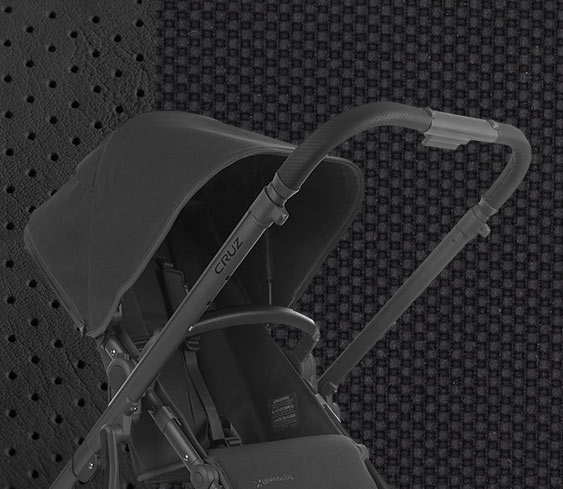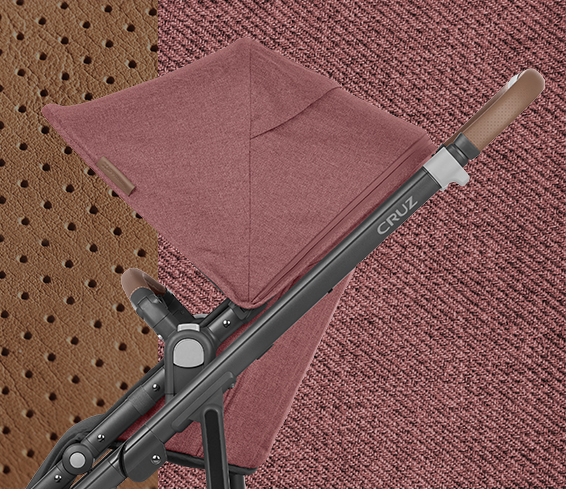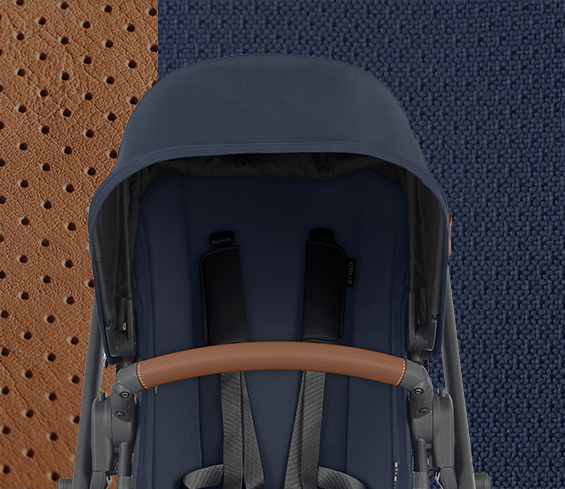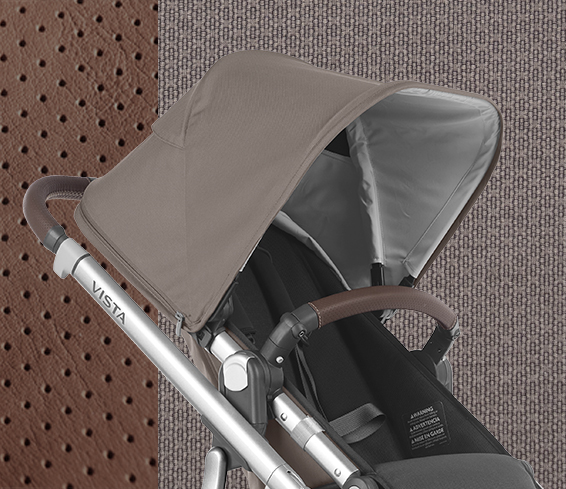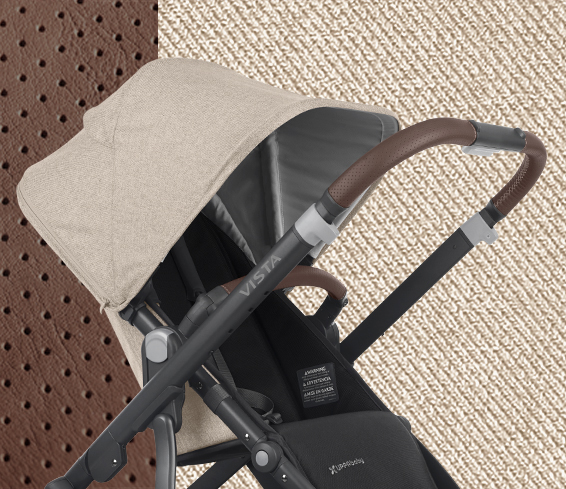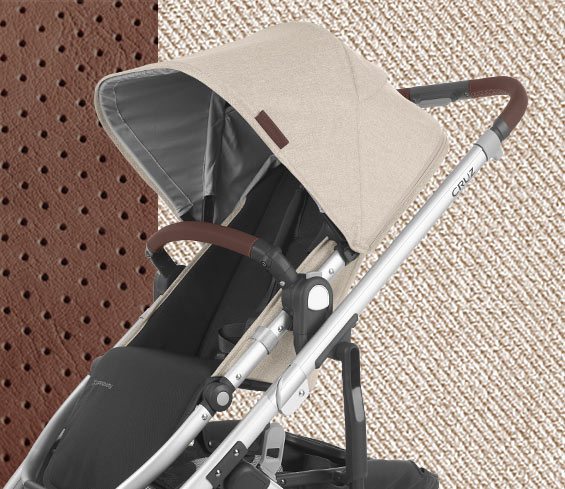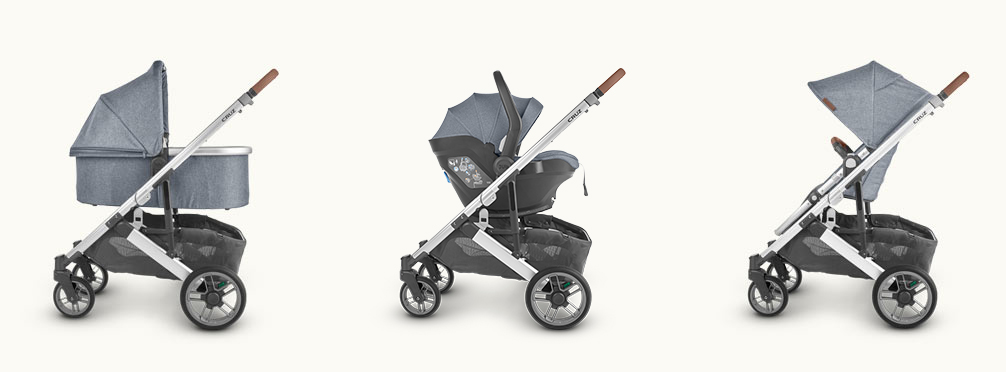
Tous chemins sans compromis.®
La conception profilée de la Cruz offre plus d’avantages sans alourdir votre charge. Baladez-vous dans des rues cahoteuses, manœuvrez dans des centres commerciaux bondés, remplissez votre panier de tout ce dont vous avez besoin.
Pour des balades stylées
Hamac réversible
Il peut être installé face ou dos à la route, complètement relevé ou incliné, ainsi que dans toutes les positions intermédiaires.
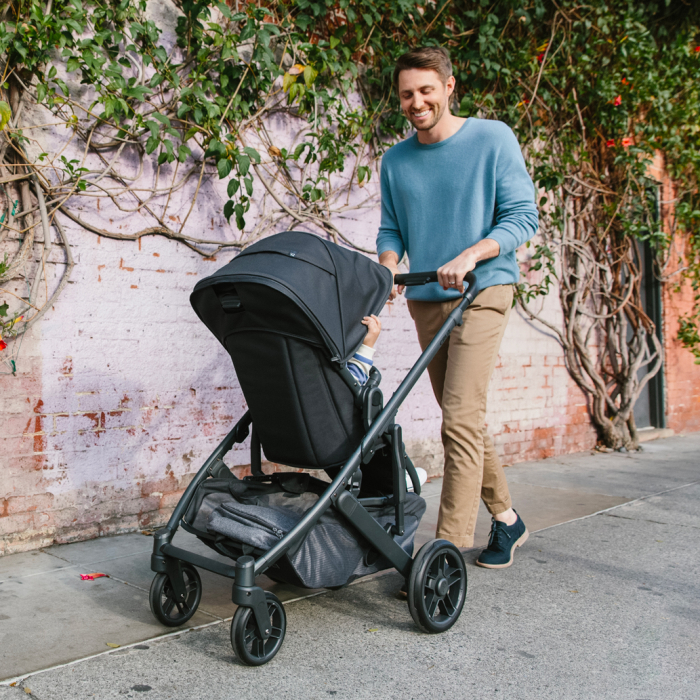
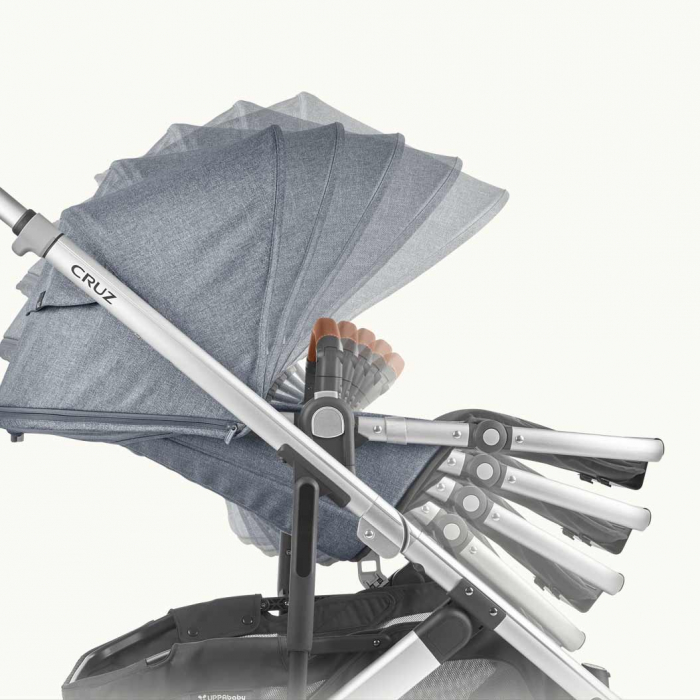
Inclinaison à une main
Les différentes inclinaisons possibles permettent à votre enfant de faire la sieste confortablement ou d’être assis bien droit pour observer ce qui l’entoure. Votre enfant profite ainsi de toute la flexibilité dont il a besoin.
Capote extensible, protection anti UV UPF 50+
La capote zippée de notre hamac se déploie pour plus d’ombre encore, et les empiècements en filet facilitent l’observation tout en permettant une bonne ventilation.
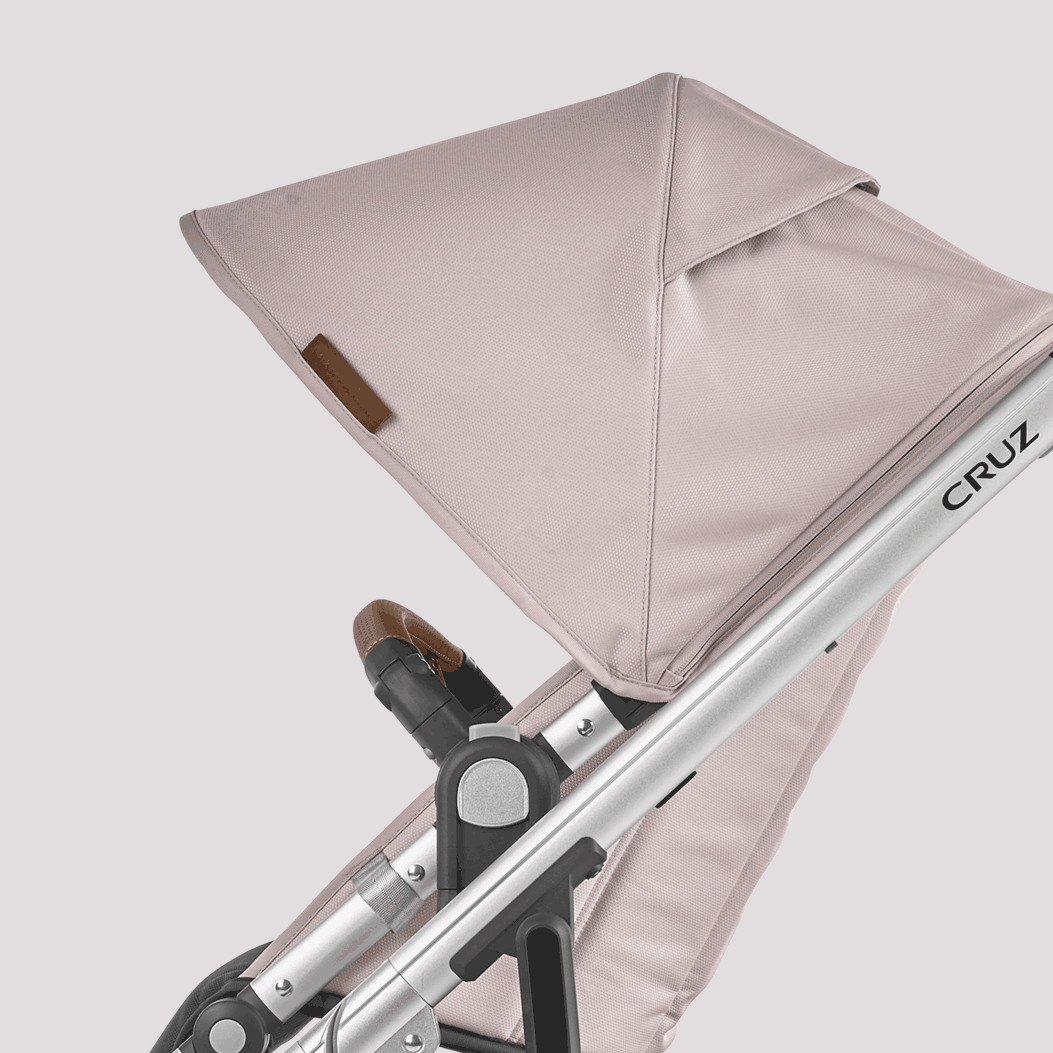
Guidon télescopique en cuir
Gainé de cuir pleine fleur haut de gamme, notre guidon ajustable s’adapte à votre taille pour plus de confort et une meilleure prise en main.
Capote réglable en hauteur
Notre capote se règle facilement sur sa glissière pour s’adapter à la taille de l’enfant qui grandit.
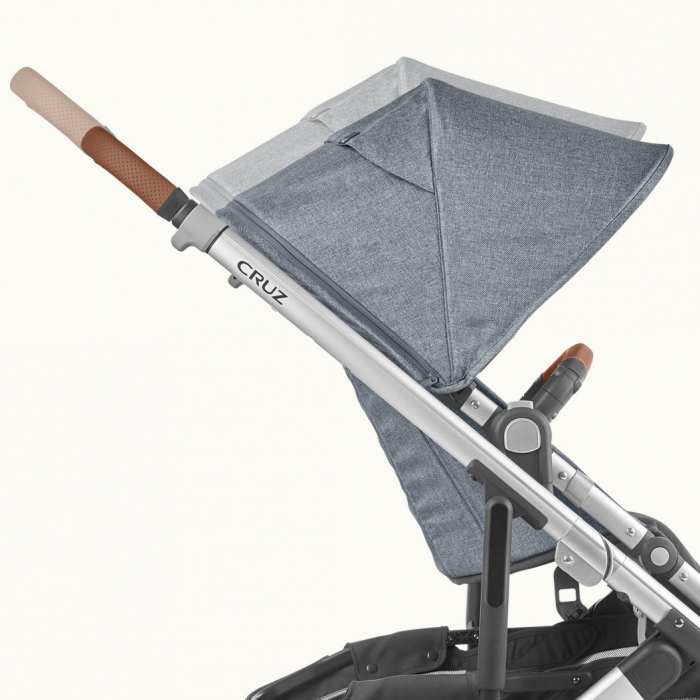
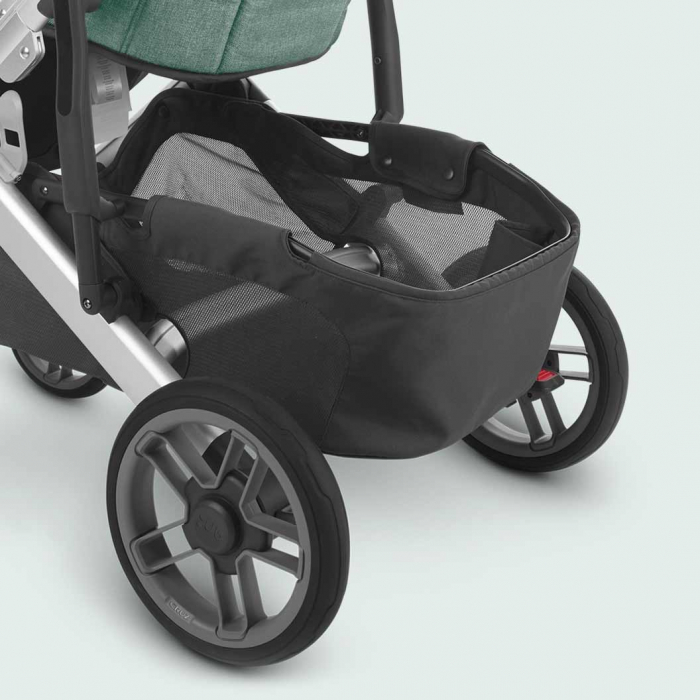
Panier XXL simple d'accès
La grande ouverture facilite l’accès au panier.
Suspension 4 roues, avec un système breveté à double action
Les amortisseurs garantissent à votre enfant une balade douce et confortable, sur les chemins de campagne comme sur les trottoirs irréguliers.
Tient debout plié
Le pliage en un mouvement de la poussette Cruz est simple et intuitif. La poussette tient en position debout une fois pliée et peut être pliée avec ou sans le hamac.
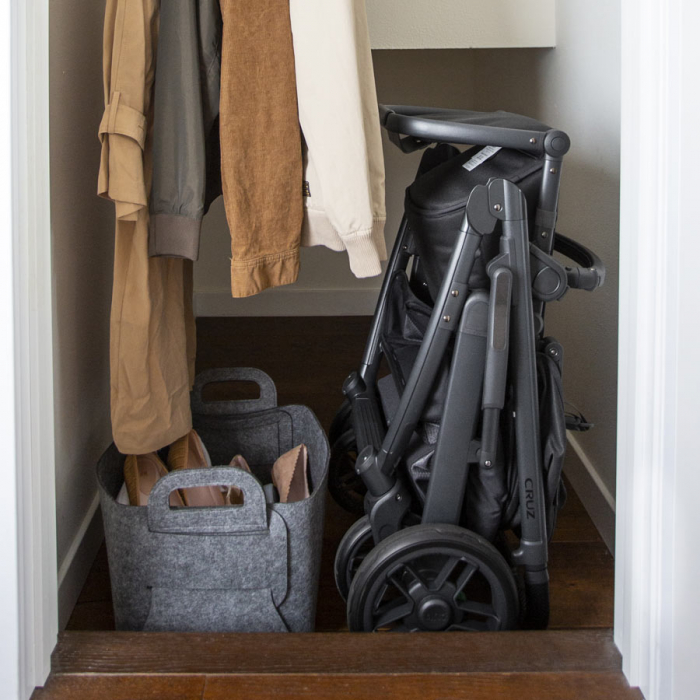
Option « dès la naissance »
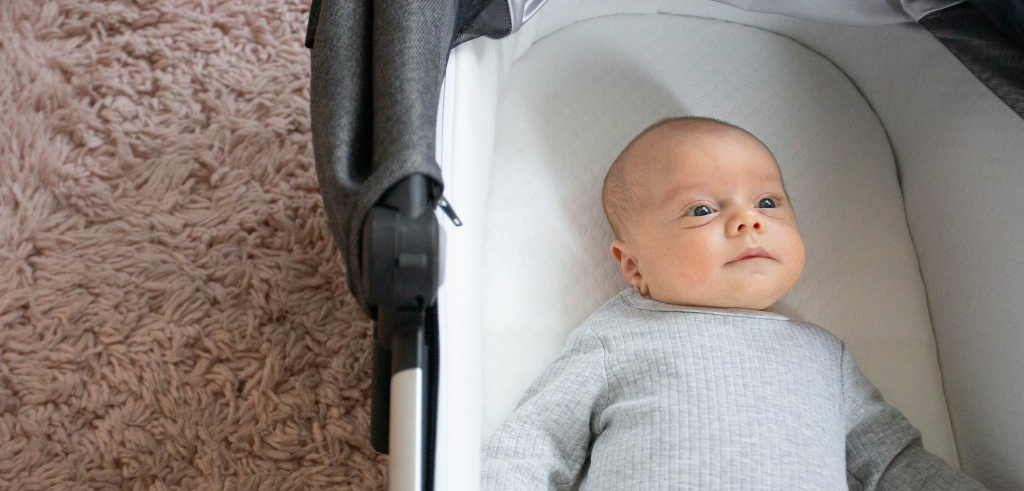
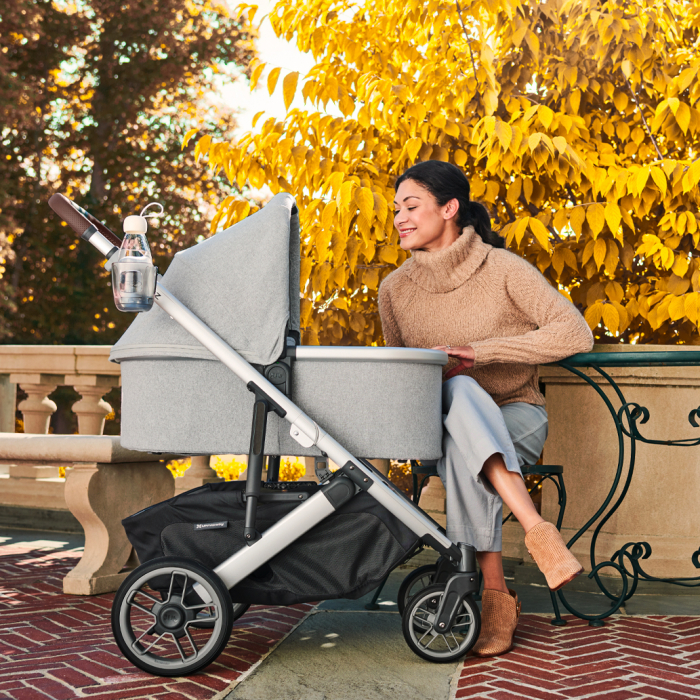
Accessoire de la nacelle
Transformez votre poussette Cruz en un landau idéal pour votre nouveau-né. Que ce soit pour la sieste, pendant les déplacements ou pour dormir la nuit, notre accessoire nacelle UPPAbaby permet à votre bébé de s’allonger complètement dans un environnement sain et serein.
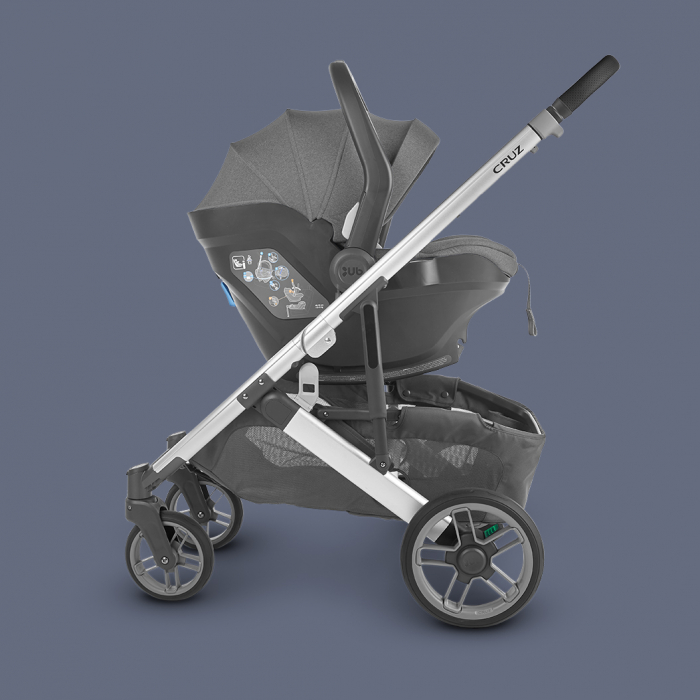
Travel System
Le siège auto nouveau-né Mesa i-Size s’attache directement à la poussette Cruz pour un Travel System idéal. Pas besoin de sacrifier la performance au profit de la simplicité.
Les adaptateurs permettent de fixer les coques Maxi-Cosi®, Nuna®, Cybex et BeSafe® à la poussette Cruz.
Éléments inclus
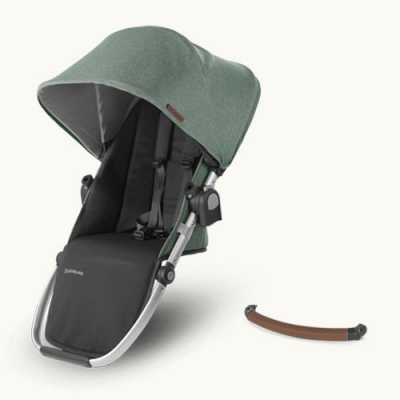
Hamac + barre de sécurité
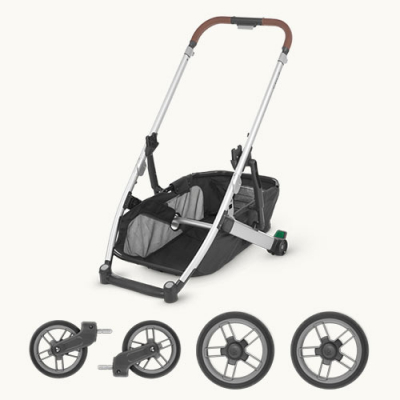
Châssis + Roues
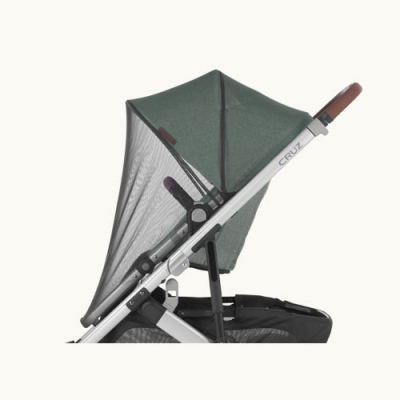
Moustiquaire pour hamac
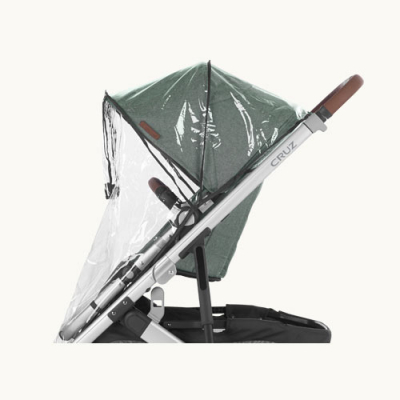
Habillage pluie pour hamac
Caractéristiques
Convient dès la naissance avec la nacelle (vendue séparément) jusqu’à 23 Kg
Poids réel (comprend la capote, le panier et les roues) :
Châssis + siège : 11,6 kg
Châssis : 8,6 kg
Hamac : 3 kg
Dépliée : L 95,3 x l 57,8 x H 101,6
Poussette pliée avec le hamac : L 41,9 x l 57,8 x H 83,8
Poussette pliée sans le hamac : L 30,5 x l 57,8 x H 76,2
Principales caractéristiques
- Idéal dès la naissance avec une nacelle
- Très grand hamac réversible
- Harnais cinq points ajustable en hauteur
- Capote extensible avec indice de protection UPF 50+, tissu avec fermeture éclair et doublure en filet
- Petite fenêtre d’aération
- Hamac inclinable d’une seule main
- Guidon réglable en hauteur
- Panier extra large, facile d’accès, supportant jusqu’à 13,6 kg
- Suspension 4 roues
- Système de verrouillage des roues avant avec témoins visuels
- Le siège auto pour nouveau-né Mesa i-Size se fixe directement sur la poussette, sans adaptateurs
- 100 % cuir pleine fleur
- Se plie en un seul mouvement et tient debout une fois pliée
